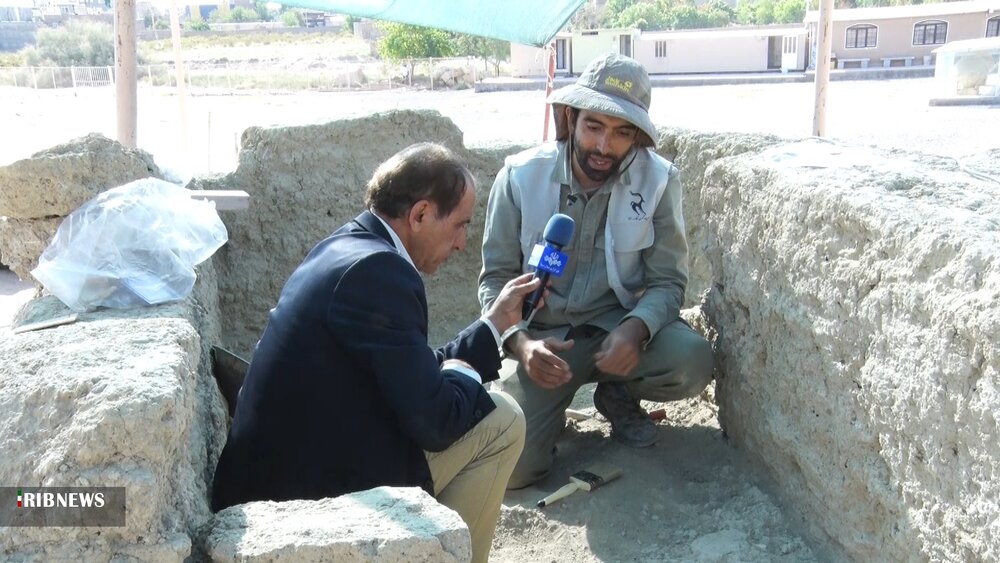5,500-year-old workshop for stone tools unearthed in central Iran

TEHRAN—Archaeologists in central Iran have discovered the ruins of an early workshop for stone tools, which is estimated to date some 5,500 years.
Archaeologists initially supposed they had discovered a small warehouse, but further investigations yielded the exiting of a workshop dedicated to making stone artifacts, IRIB reported.
The discovery was made in Tapeh Sialk (“Sialk Hills”), which is situated halfway between Kashan and Fin in Isfahan province. Over the past decades, the archaeologically-rich site has yielded interesting pottery pieces, metal tools, and domestic implements made from stone, clay, and bone that date from as early as the 4th millennium BC.
Last week, archaeologists excavating Sialk hills, made a macabre discovery: a 5,700-year-old wall foundation containing the skeleton of a baby.
Late in August, archaeologists commenced work in a bid to unearth 6,000-year-old ruins and relics in Sialk, which was once the site of a fortified town near modern Kashan in central Iran.
Experts believe that Sialk is a treasure trove of information about diverse subjects such as palaeobotany, palaeozoology, palaeoanatomy, diet, climate change, and ancient metallurgy.
In 2019, the Louvre museum hosted facilitated a worldwide gathering on Tapeh Sialk (“Sialk hills”), which was attended by archaeologists from Germany, England, France and Iran. According to Louvre, the event was aimed to cast a new light on the ancient site some 80 years after its first excavation to lay an opportunity to present to the public the diversity of research and projects, as well as current issues of preservation and enhancement of the site.
As per the Louver, the oldest levels document the occupation of the Iranian plateau from the Neolithic to the Chololithic over more than two millennia. Then, around 3000 BC, the site is integrated into the vast cultural area called Proto-Elamite, during which specific writing appears.
Afterward, during the Iron Age, the neighborhood culture, addressed by perfectly painted ceramics, is most popular through the uncovering of necropolises. This culture, which appeared new in the region, has long been identified with the Medes and fueled the debate over the arrival of new populations speaking Iranian languages from which comes modern Persian.
A few exhuming projects at the site have so far been directed, beginning with a 1933 French Louvre delegation led by Roman Ghirshman; capping with a most recent project in 2009, which was led by Hassan Fazeli-Nashli, a faculty member of the Archaeology Department, University of Tehran.
AM
Leave a Comment